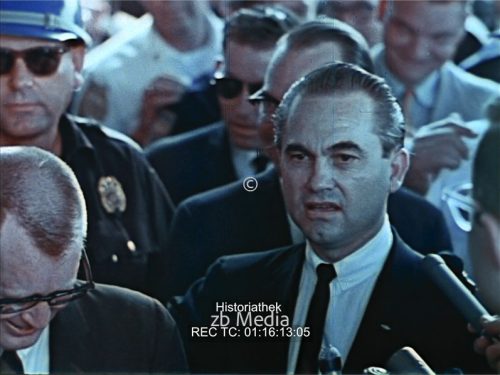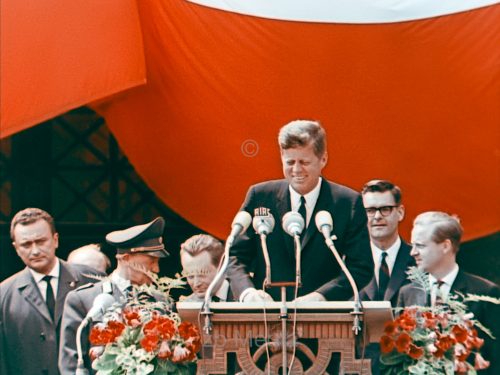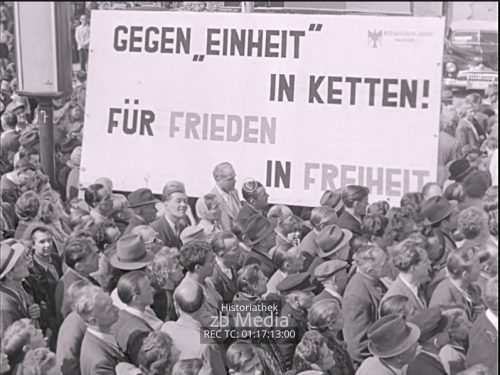Historical background: Airlift to Berlin
In June 1948, following the currency reform in the occupation zones of the three Western Allies, the Soviet Union blocked access to West Berlin. On 26 June 1948, the first US Air Force aircraft flew from Frankfurt (Rhein-Main Airbase) and Wiesbaden (Wiesbaden-Erbenheim Airfield) to Tempelhof Airport in Berlin, thus launching Operation Vittles (Operation Provisions). The British Air Force took part in the airlift from 28 June 1948 with Operation Plainfare (initially called Operation Carter Patterson).
Over the next 15 months, cargo planes from the United States, the United Kingdom, Canada, Australia, New Zealand and other countries delivered important supplies to West Berlin in a large-scale operation. The aeroplanes flew a constant shuttle service between West Germany and West Berlin, landing at airports such as Tempelhof and Tegel.
The airlift was a logistical triumph, with planes landing every few minutes at peak times. The Allied forces managed to supply West Berlin with over 2.3 million tonnes of relief supplies, including food, coal and other essentials. The operation was proof of the Western Allies’ determination to support the people of West Berlin and to resist Soviet aggression.
The Berlin Airlift had a significant impact on the outcome of the crisis. The Soviet Union finally realised that its blockade was ineffective and lifted it on 12 May 1949. The airlift continued for several months after the blockade was lifted in order to build up sufficient supplies in West Berlin. It officially ended on 30 September 1949, when the Western Allies considered the situation in West Berlin to be stable.
The Berlin Airlift is widely regarded as a major victory for the Western Allies in the Cold War. It demonstrated their commitment to the defence of democracy and highlighted the stark contrast between the brutal actions of the Soviet Union and the humanitarian efforts of the West. The airlift also played a role in cementing the division of Germany into East and West, which ultimately led to the creation of the Federal Republic of Germany (West Germany) and the German Democratic Republic (East Germany).





